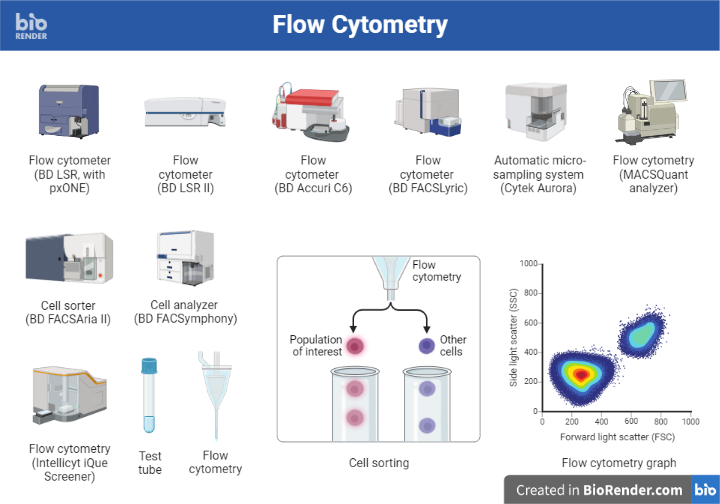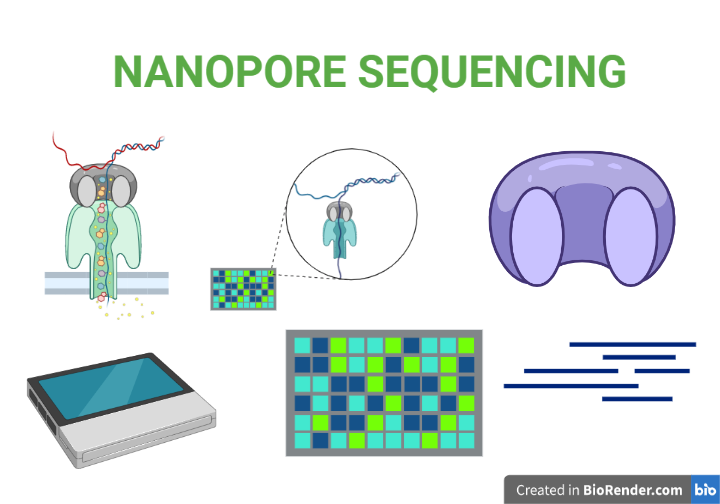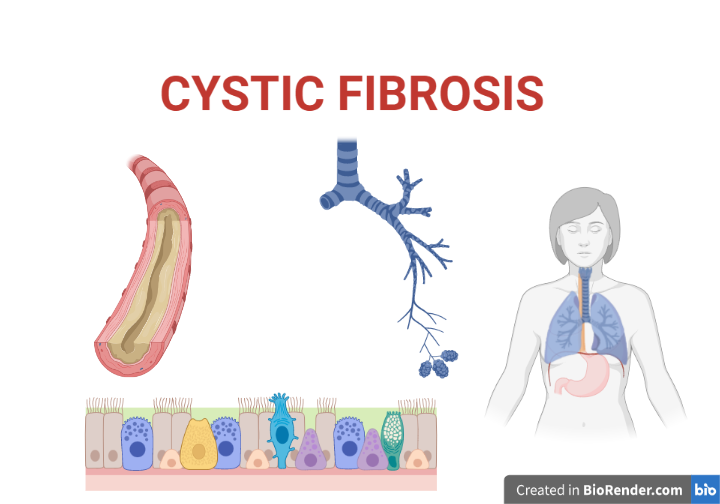Animal Cell- Definition, Structure, Types, Functions
Introduction: An animal cell is a type of eukaryotic cell that is characteristic of animals. Eukaryotic cells are characterized by the presence of a true nucleus, which contains the cell’s genetic material in the form of DNA. Animal cells also have several other membrane-bound organelles, such as mitochondria, which are responsible for generating energy for […]
Animal Cell- Definition, Structure, Types, Functions Read More »






